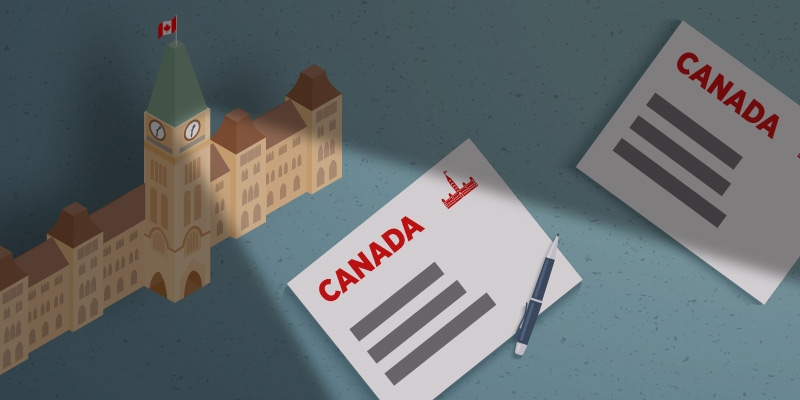Caution Required When Comparing Canada’s Debt to that of Other Countries
— Publié le 1, June, 2021

Summary
- The federal government continues to rationalize its debt-financed spending based on international comparisons showing Canada with the lowest level of debt in the G7.
- Of the two broad measures of debt, gross debt includes most forms of debt while net debt is a narrower measure that accounts for financial assets held by governments.
- By using net debt as a share of the economy (GDP), Canada ranks 11th lowest of 29 countries and lowest amongst the G7. By using gross debt as a share of the economy, Canada falls to 25th of 29 countries and 4th in the G7.
- Canada experiences by far the largest change in its indebtedness ranking—falling 14 places—when the measure shifts from net debt to gross debt. Taiwan has the second largest change, an improvement of 7 positions.
- One reason for this pronounced change in ranking is that net debt includes the assets of the Canada and Quebec Pension Plans, which have unique approaches to funding public retirement plans: unlike most other industrialized countries, the CPP and QPP invest in non-government assets including equities and corporate bonds.
- As of March 31, 2020, according to Statistics Canada data, there were net assets in the combined CPP and QPP of $488.1 billion.
- According to IMF data, the difference between Canada’s gross and net debt was approximately $1.5 trillion as at the end of 2019, which means the assets of CPP and QPP explain roughly one-third of the difference.



